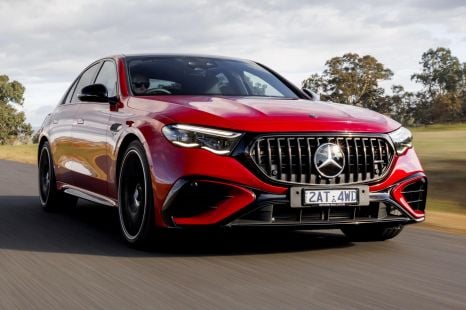

Max Davies
6 Days Ago
Goodbye Kadjar, hello Arkana. Renault is turning to the coupe-styled Arkana in Australia, but it won't be here for around 12 months.

Contributor
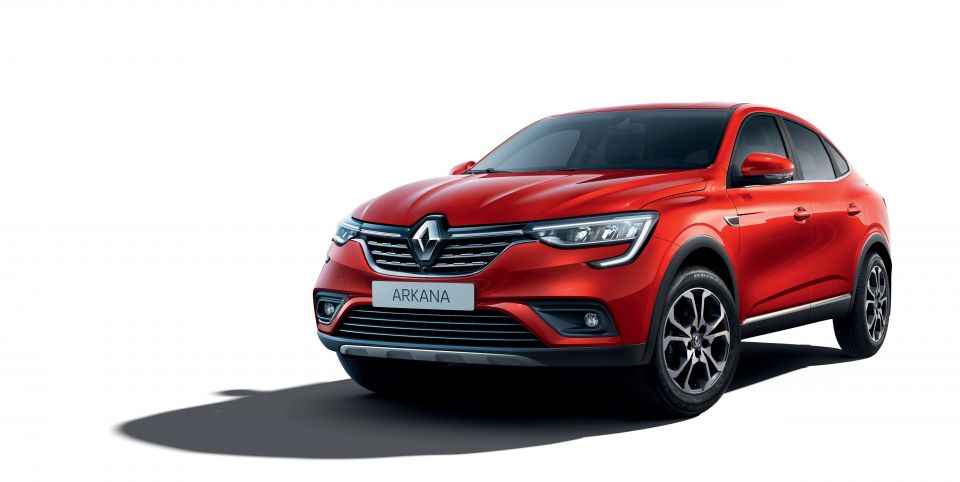

Contributor
Renault will ditch the Kadjar in the second half of 2021, as it seeks an edge in one of Australia’s most competitive segments.
Introduced late in 2019, the Nissan Qashqai-based Kadjar will be replaced by the coupe-styled Arkana.
Not only does the Arkana have a more distinctive look and modern interior than the Kadjar it replaces, it’s built by Renault Samsung in South Korea.
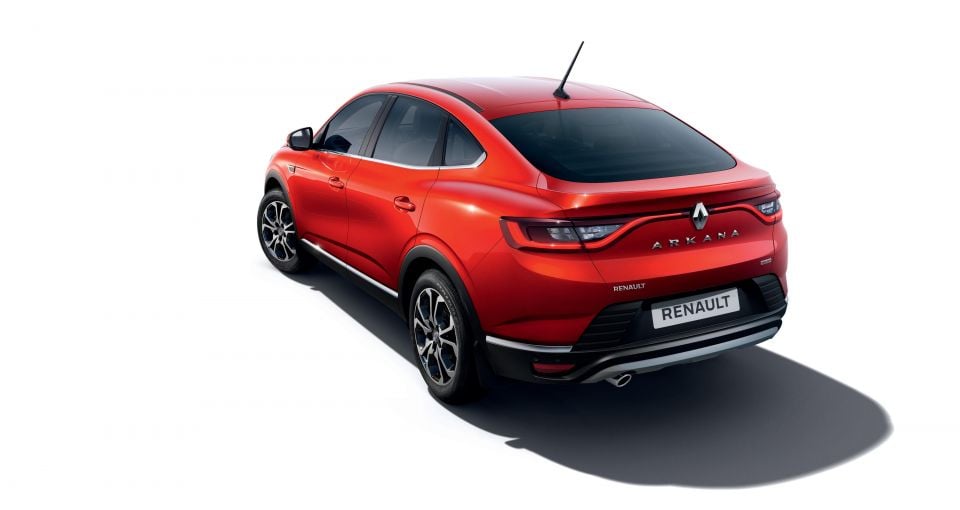
That should make it cheaper to source for Australia than the Kadjar, which is built in France.
Renault Australia hasn’t confirmed pricing for the Arkana, but says it’s targeting the Kia Seltos and Mazda CX-30. Pricing for the Seltos starts at $26,990 before on-road costs, while the CX-30 kicks off at $29,990 before on-roads.
Power in the Arkana comes from a 1.3-litre four-cylinder turbocharged petrol engine. The 1.3 in the Kadjar produces 113kW of power and 260Nm of torque, which should serve as a guide for the Arkana.
The engine will be mated with a seven-speed dual-clutch transmission.
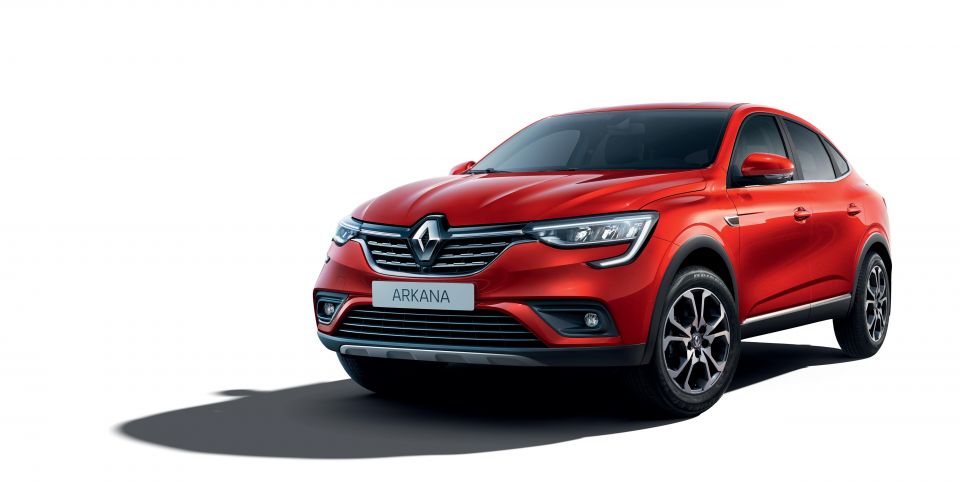
Interior pictures of the Arkana haven’t been released for Australia, but the car bound for our shores will likely mirror the Renault Samsung XM3 offered in South Korea.
Expect top-spec models to feature a vertically-oriented touchscreen infotainment system and fully digital instrument binnacle, along with niceties such as leather seat trim, keyless entry and start, and a full suite of active safety features.
Renault will continue selling the Kadjar as a stopgap until the Arkana arrives. But even though it’s expected to last until the second half of 2021, the Kadjar will have enjoyed an unusually short run on sale Down Under having only arrived here in November 2019.

“This exciting product has all the elements to be a big success in Australia,” said Charly Clercin, Renault Australia senior product manager.
The segment in which the Arkana will compete is among Australia’s most hotly-contested. Along with the Seltos and CX-30, Renault’s new SUV will face off with the recently-introduced Volkswagen T-Roc when it arrives.
Peugeot’s chic new 2008 SUV should be in Australian showrooms by the second half of 2020, and Mitsubishi will have a facelifted Eclipse Cross – potentially with plug-in hybrid power.
Take advantage of Australia's BIGGEST new car website to find a great deal on a Renault.
Scott Collie is an automotive journalist based in Melbourne, Australia. Scott studied journalism at RMIT University and, after a lifelong obsession with everything automotive, started covering the car industry shortly afterwards. He has a passion for travel, and is an avid Melbourne Demons supporter.


Max Davies
6 Days Ago
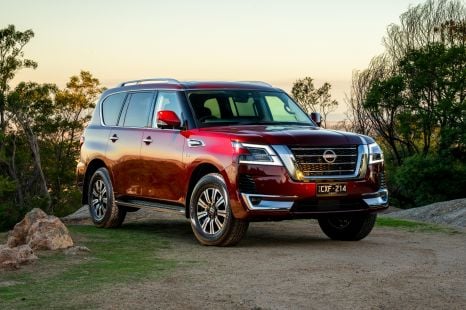

James Wong
5 Days Ago
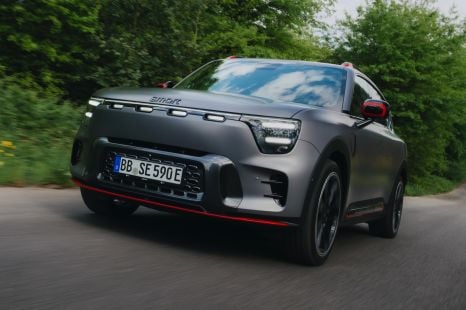

James Fossdyke
4 Days Ago


Gautam Sharma
3 Days Ago
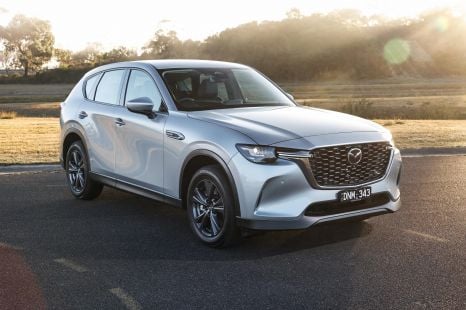

Josh Nevett
2 Days Ago
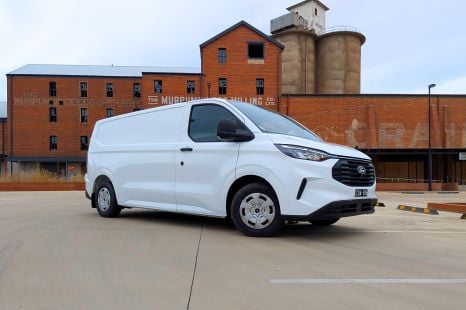

William Stopford
1 Day Ago